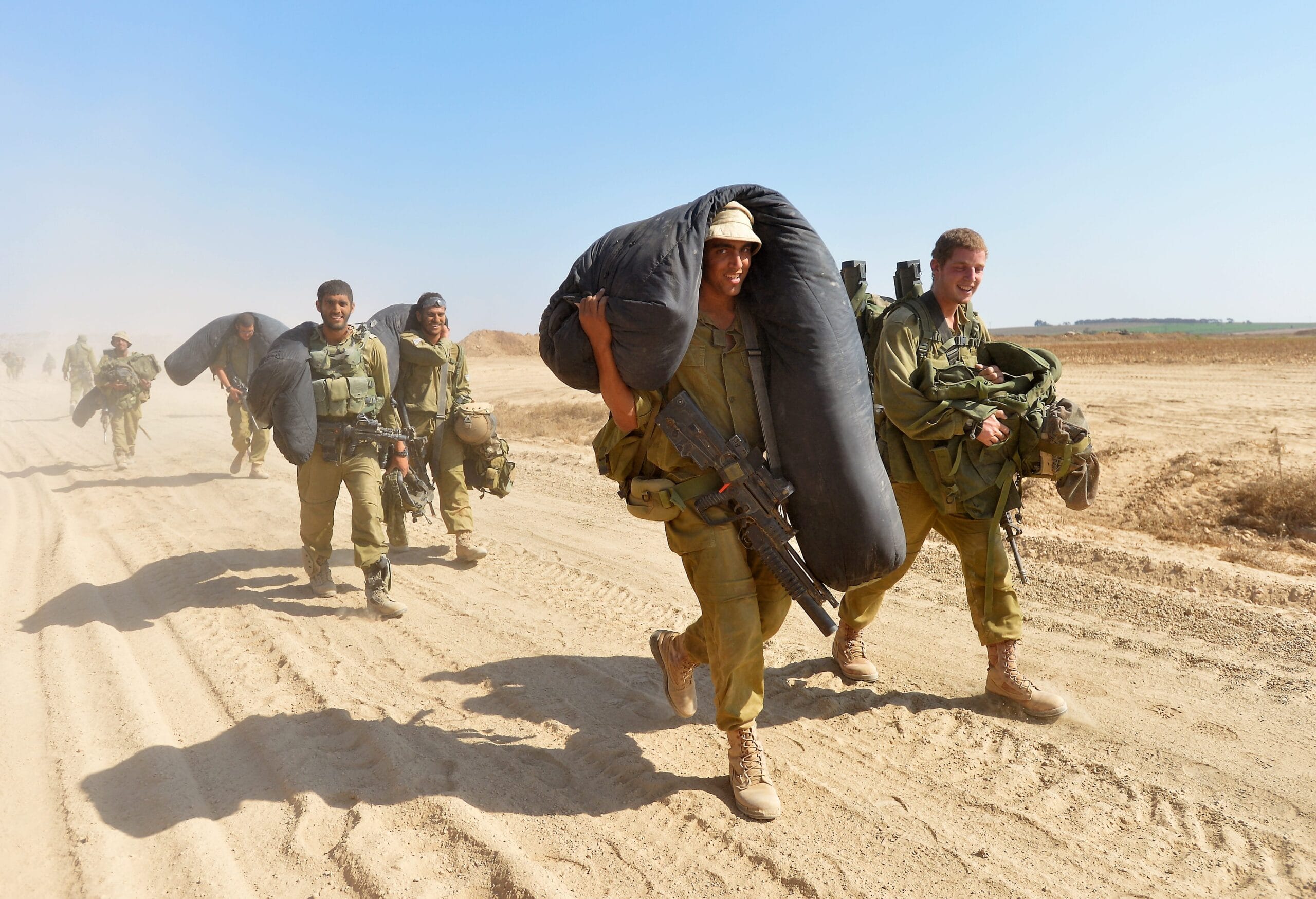Recent Israeli military operations in the Gaza Strip have resulted in a significant number of casualties, according to reports from Palestinian medical authorities. At least 29 individuals have been confirmed dead following the strikes, with a concerning proportion of those fatalities identified as medical personnel. The incidents have placed additional pressure on an already overburdened healthcare system in Gaza, which is facing critical shortages of staff, supplies, and infrastructure.
The fatalities among medical professionals are particularly alarming, given the vital role they play in providing essential care to the population. The loss of these individuals further compromises the capacity of hospitals and clinics to respond effectively to emergencies and routine health needs. Details surrounding the circumstances of these deaths are still emerging, and investigations are ongoing to determine the precise locations and nature of the strikes.
The strikes have also caused significant damage to civilian infrastructure, including medical facilities. Reports indicate that several hospitals and clinics have been affected, either through direct hits or damage caused by nearby explosions. This damage compounds the challenges facing the healthcare sector, with limited capacity to treat both the wounded and those with chronic conditions. The overall impact on the local population is significant, as access to medical assistance has been severely curtailed by the combined effects of casualties and infrastructure damage.
In addition to the immediate loss of life, the strikes have also created a climate of fear and uncertainty among the civilian population. Many individuals are concerned about their safety and the ability of medical professionals to provide adequate assistance during this period of heightened tensions. The disruption of medical services further exacerbates the existing humanitarian crisis, as many people rely on clinics and hospitals for a range of essential services, such as antenatal care, treatment for chronic diseases, and management of infectious diseases.
International organizations are closely monitoring the situation in Gaza and have expressed serious concerns about the impact of the recent military action on civilian populations. Humanitarian access remains a crucial area of concern, as aid agencies are struggling to deliver much-needed supplies and assistance to those affected. The safety of medical personnel is a top priority for international bodies, and advocacy is underway to ensure that healthcare providers are able to fulfill their duties without becoming targets of violence. The need for a safe and protected working environment is emphasized as essential to safeguarding the health and wellbeing of those in Gaza.
The broader context of the recent strikes is rooted in the ongoing conflict in the region. Tensions have escalated following a series of events, leading to retaliatory actions by both sides. These actions have caused a cycle of violence, which has resulted in casualties, infrastructure damage, and a worsening humanitarian crisis. The need for a peaceful resolution has never been more urgent, with the international community calling on both parties to exercise restraint and to engage in constructive dialogue.
The situation in Gaza highlights the fragility of peace and the devastating impact of armed conflict on civilian populations, particularly on vulnerable groups. The destruction of critical healthcare infrastructure poses long-term challenges for the provision of essential services, while the death of medical professionals has a profound impact on the capacity to respond to emergencies. The reports coming out of Gaza underscore the urgency of addressing the ongoing conflict and the need for greater international involvement in finding a sustainable peace for the region.
The ongoing conflict also exacerbates existing economic challenges in Gaza. Years of blockade and internal political instability have severely limited economic opportunities for Palestinians in the area. The destruction of infrastructure and disruption of essential services further contribute to the worsening economic situation, and this in turn has further implications for the population’s health and wellbeing. Food insecurity, lack of access to clean water, and a poor sanitation system all combine to produce a deteriorating living environment.
The role of media is crucial in covering these incidents and keeping the world informed. News agencies often face challenges in covering the conflict due to limited access and safety concerns. Verification of information becomes crucial when reporting on armed conflicts, as reports can be subject to bias or inaccuracies. Journalists play an important role in ensuring transparency and providing a comprehensive picture of the situation on the ground. The ability of media outlets to verify claims is a key element in building an accurate understanding of events in the region.
Beyond the immediate human costs, the ongoing conflict also has broader long-term impacts on the region. The psychological toll on individuals living through such events is significant, particularly for children who are often the most vulnerable in such situations. The loss of loved ones and displacement from homes have a profound impact on mental health. Long-term, the lack of progress in addressing the root causes of the conflict will continue to affect prospects for lasting peace and stability.
Humanitarian aid continues to be essential to meeting the basic needs of the population of Gaza. However, these programs are not enough, and it is vital to find a long-term solution to address the ongoing conflict. This would require a commitment from both sides to engage in constructive dialogue, and it would involve addressing the root causes of the conflict. It also requires the involvement of the international community in encouraging peaceful resolution and supporting the development of a sustainable political and economic environment.
The events in Gaza are part of a larger cycle of violence in the region, which has a significant human cost. The long-term impacts of such conflict can also be seen in the economic and social systems, and a comprehensive strategy is essential to addressing the conflict and promoting long-term peace and development. The events of the last few weeks provide an important reminder of the fragility of peace and the need to ensure the protection of civilians during armed conflict.


